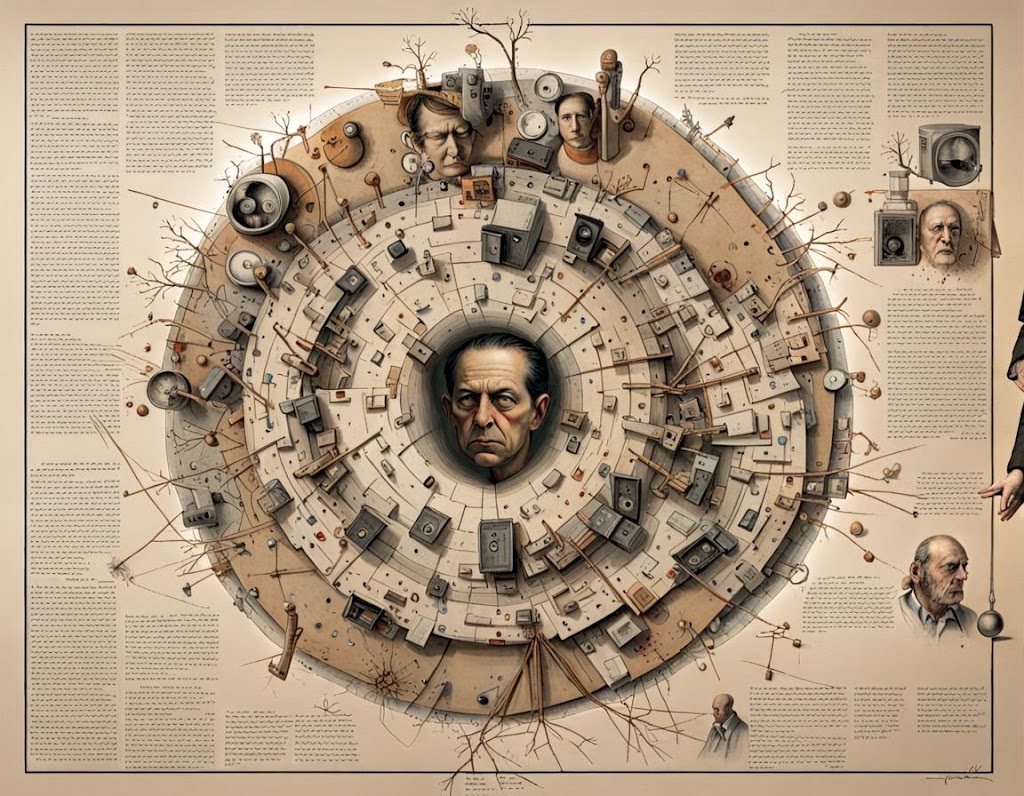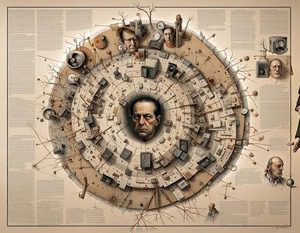Last night, learning that someone went through my stuff hasn’t sat well with me. In fact, it’s affected me quite a bit. This morning, I sort of exploded and I was about to quit treatment and leave my family and live on the streets. I didn’t realize it at the time, but my therapists explained to me that it’s a very typical response for someone who experienced trauma. She said that the invasion of privacy is a clear indication of my schema. For some clarification on what schema is, I’ve asked a chatbot to put it into English (because I can only describe it in simple terms):
In the context of psychology and mental health, a “schema” related to trauma refers to a cognitive framework or mental structure that individuals develop as a result of experiencing a traumatic event or events. Trauma schemas are cognitive and emotional patterns that form in response to the traumatic experience and can profoundly influence a person’s thoughts, feelings, and behaviors.
Here are some key aspects of trauma schemas:
1. Beliefs About the Self: Trauma schemas often lead to negative beliefs about oneself, such as feeling worthless, damaged, or powerless. These beliefs can result from the experience of helplessness or loss of control during the traumatic event.
2. Beliefs About Others: Trauma can lead to distorted beliefs about others, including mistrust, fear of abandonment, or a general perception that the world is a dangerous and untrustworthy place.
3. Beliefs About the World: Trauma can shape a person’s view of the world as a threatening and unpredictable place, leading to hypervigilance and heightened anxiety.
4. Emotional Responses: Trauma schemas are associated with intense and distressing emotions, including fear, anger, guilt, shame, and sadness. These emotions can be triggered by reminders of the traumatic experience.
5. Coping Strategies: People with trauma schemas often develop specific coping strategies, which may include avoidance of trauma-related stimuli, dissociation, or numbing of emotions. These strategies can be maladaptive and contribute to ongoing psychological distress.
6. Recurrent Flashbacks and Intrusive Thoughts: Trauma schemas can lead to the re-experiencing of traumatic memories in the form of flashbacks or intrusive thoughts, which can be distressing and disruptive.
Understanding and addressing trauma schemas is a crucial aspect of trauma therapy and recovery. Therapeutic approaches like trauma-focused cognitive-behavioral therapy (CBT) or eye movement desensitization and reprocessing (EMDR) aim to help individuals identify and modify these schemas, ultimately promoting healing and recovery from the psychological effects of trauma. By challenging and reshaping these negative cognitive patterns and emotional responses, individuals can work towards a healthier and more adaptive psychological state.
Here’s a little background. My ex, when he first moved in, went around my whole apartment and went through all of my belongings. He looked through everything and told me as though he were proud. Well, since I went through a traumatic experience right after that, I think that hearing about someone going through my stuff mentally triggered me into explosive anger and flight-mode. My therapist said I was trying to protect myself. Fortunately, I decided to speak with her before living on the street. She said that I should be proud of that decision. It was difficult at first but there was definitely a moment in which I felt proud of myself for sticking through.
I was going to share the whole story, but I’m not feeling in the mood to type it all out. Maybe if someone requests I edit and add it to this post, I will.
Anyways,
Take care.
Discover more from Whispers of Insight
Subscribe to get the latest posts sent to your email.





